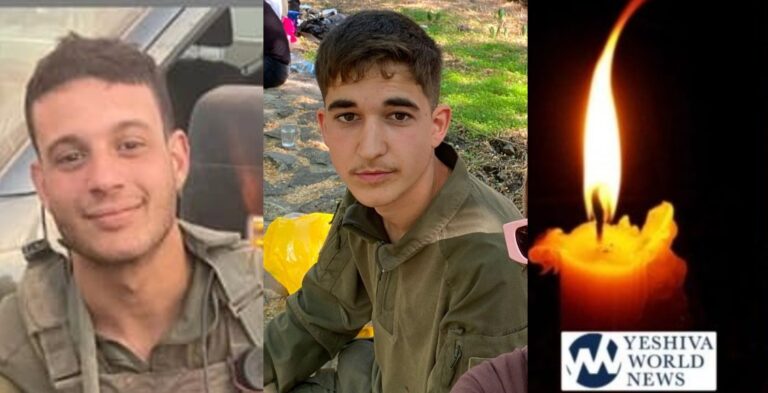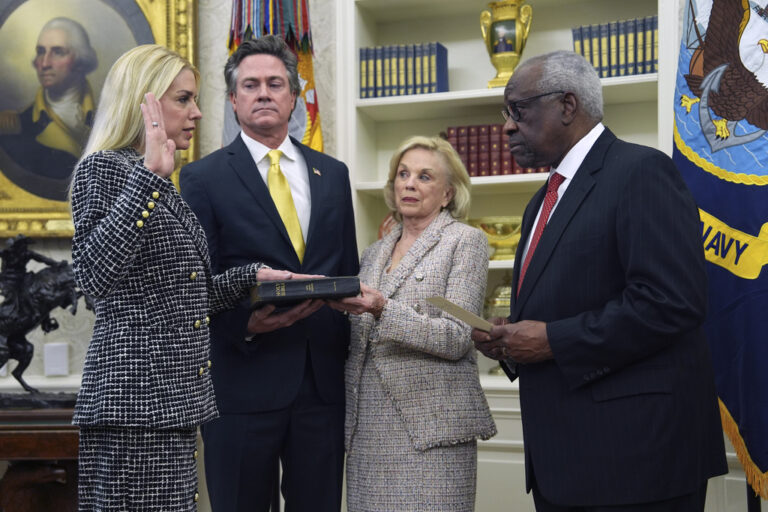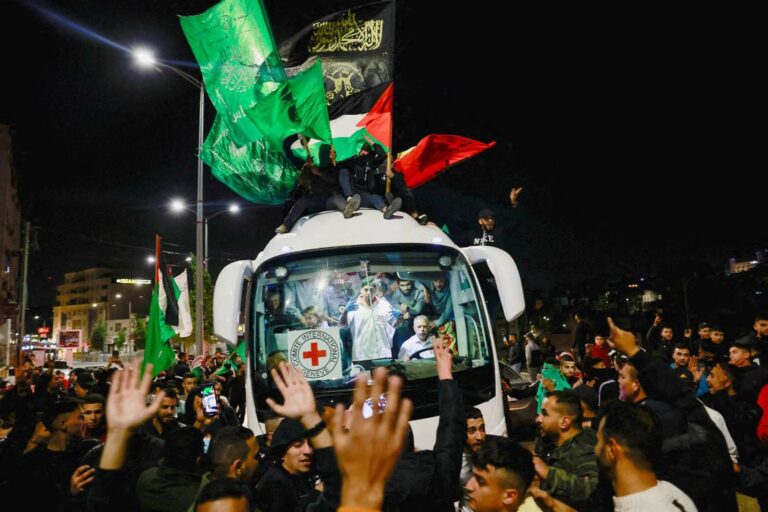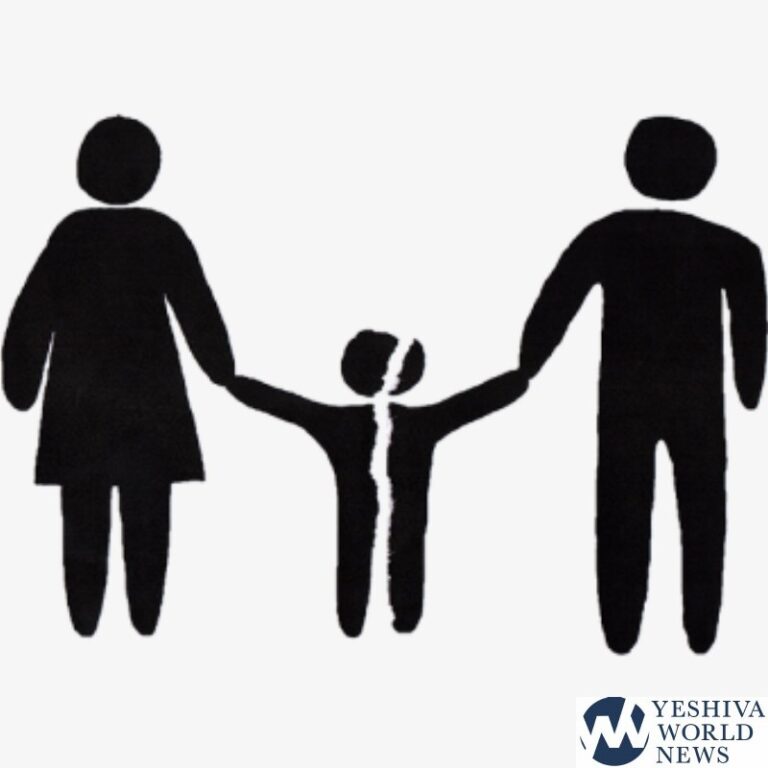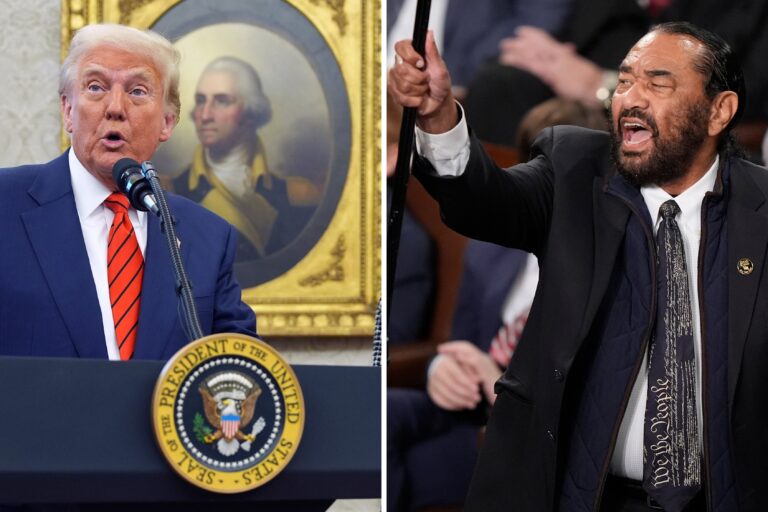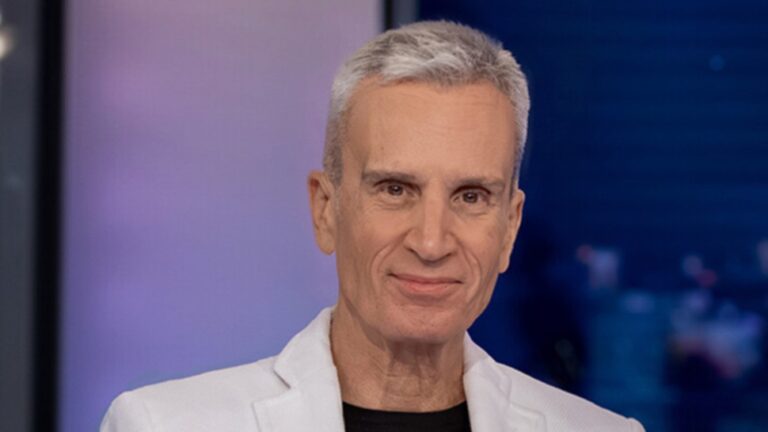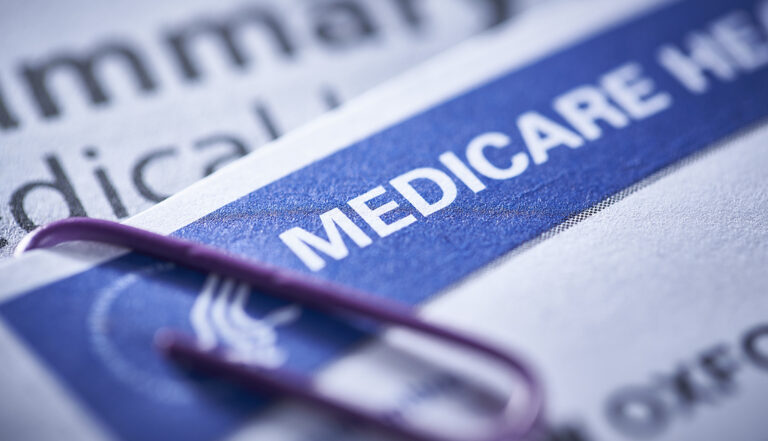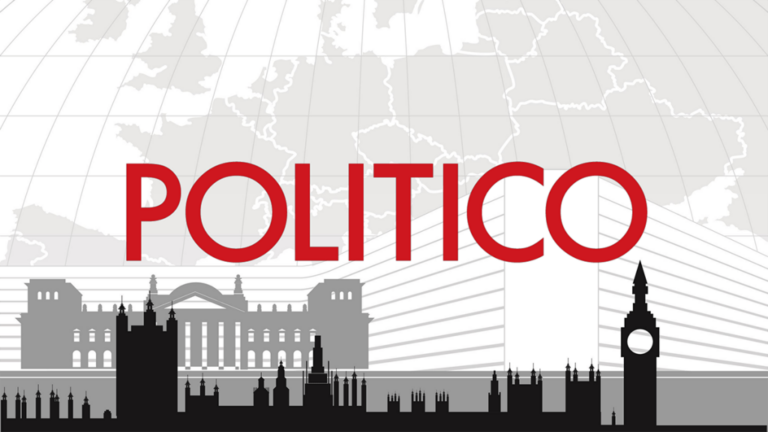To keep his arrival in Washington secret, the Supreme Court nominee was driven along a back farm road and flown to the nation’s capital on a military jet. He stayed with friends, rather than at a hotel. That allowed President Donald Trump to build up the suspense until he revealed, in a 2017 prime-time address, his first pick for the high court: Neil Gorsuch.
“Here they come. Here they come,” Trump said as Gorsuch and his wife entered the East Room of the White House. “So was that a surprise? Was it?”
Trump isn’t the only president to delight in a dramatic reveal of a Supreme Court nominee. Recent presidents have gone to some lengths to keep their choices under wraps during interviews and before their announcements: ushering nominees into the White House through a tunnel or back door, arranging covert car rides and meeting nominees outside the Oval Office.
Trump has again scheduled a prime-time address Monday to announce his second nomination to the Supreme Court, a replacement for retiring Justice Anthony Kennedy. While four appeals court judges are considered frontrunners — Amy Barrett, Thomas Hardiman, Brett Kavanaugh and Raymond Kethledge — Trump will likely try to keep his ultimate choice hush-hush.
Presidents have employed a variety of strategies to keep their selections secret.
To avoid press attention and potential leaks, President Bill Clinton asked his first nominee to the high court, Ruth Bader Ginsburg, to come to the White House on a weekend and enter through the back door when she came for an interview. Her instructions from there: Head to the Clinton family’s private residence on the second floor, not to the Oval Office.
“We had all this leaking about the process and the candidates,” Clinton told Ginsburg’s biographers in describing her 1993 nomination. “I said, surely to goodness we can get her in on Sunday through the back door without anybody knowing about it.”
“It tickled her that I had to smuggle her into the White House,” Clinton said of the cloak-and-dagger process.
There are other not-so-public ways into the executive mansion. Ken Duberstein, President Ronald Reagan’s former chief of staff, points out there’s a tunnel from the Treasury Department next door as well as an entrance through the Eisenhower Executive Office Building where White House staff have their offices. “There are endless ways to do this,” said Duberstein, who was involved in Supreme Court confirmations under Reagan and President George H.W. Bush.
George W. Bush nominee Samuel Alito’s visit to the White House involved a car and a weekend visit. He has said his instructions, after checking into a downtown hotel, were that he should “go to a particular corner at a particular time in the morning and wait for a Chrysler 300 to pull up, flash its headlights a couple of times, and then I was to get in this car.”
“So I felt like a spy,” Alito said in a 2015 interview.
Justice Sonia Sotomayor’s 2009 nomination also involved driving. She has said that President Barack Obama’s administration told her they “would prefer that I didn’t take a plane” to Washington. They didn’t want her being recognized as she traveled. That request almost backfired. A torrential rain knocked out the GPS Sotomayor and a friend were using, and they initially drove past Washington.
Justice Clarence Thomas flew to the announcement of his 1991 nomination, but he traveled in a government plane through Andrews Air Force Base, out of view of the public. Thomas used the Treasury Department tunnel to visit the White House ahead of his nomination, he wrote in his memoir, “My Grandfather’s Son.”
Then, to get to Kennebunkport, Maine, where President George H.W. Bush announced Thomas as his choice to replace the retiring Justice Thurgood Marshall, Thomas was told to meet a Justice Department official in the parking lot of a shopping center near his home. To keep reporters off Thomas’ trail, his wife stayed home.
After flying to Maine, a Secret Service detail picked Thomas up in a black SUV with heavily tinted windows, and they drove in the service entrance to Bush’s home to avoid the press. An agent handed Thomas a folded newspaper to hold between his face and the window, “just like a white-collar criminal who didn’t want his picture to be printed in the morning papers,” Thomas wrote.
Thomas said the president “seemed to revel in outwitting the reporters.”
(AP)


